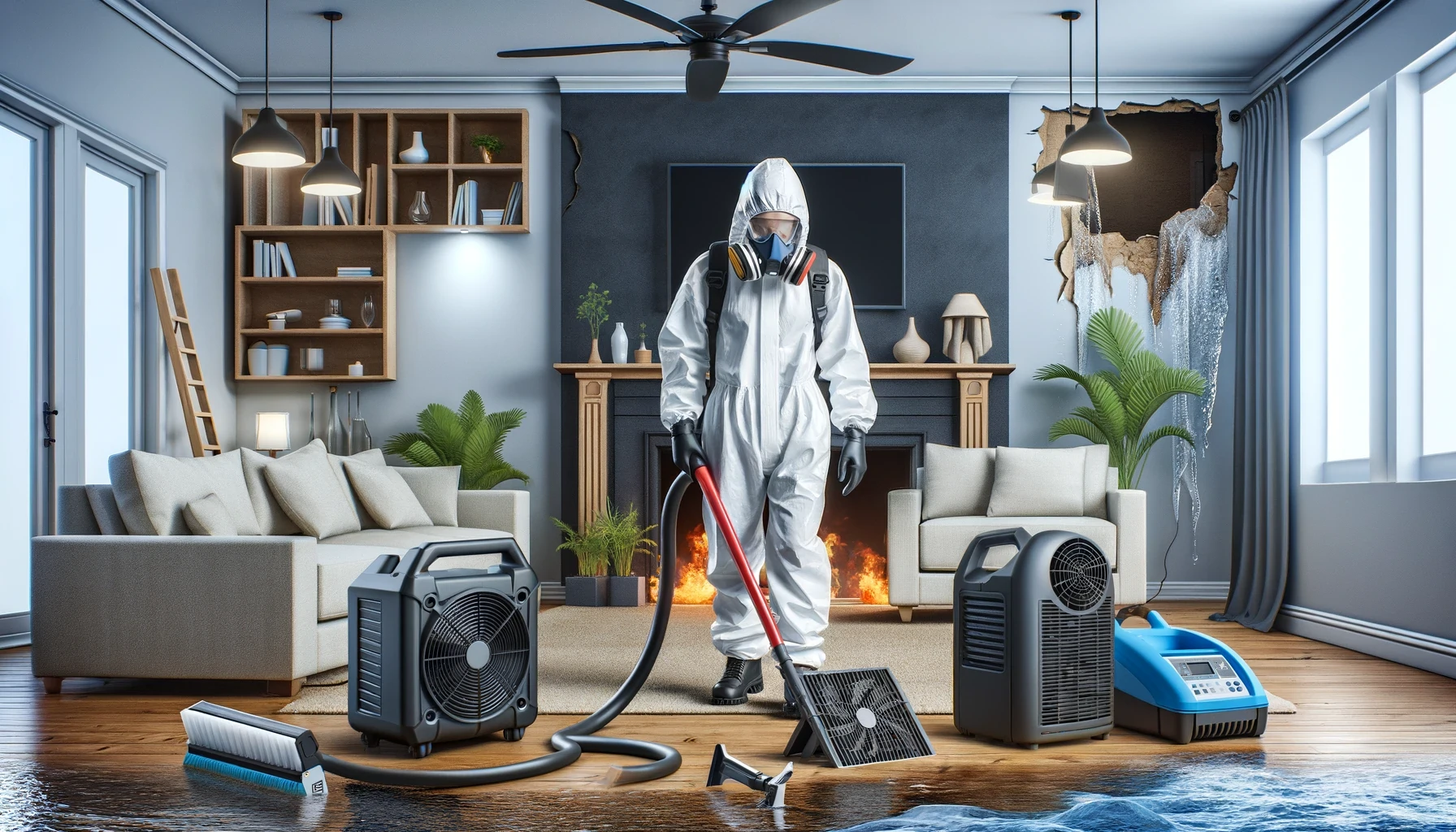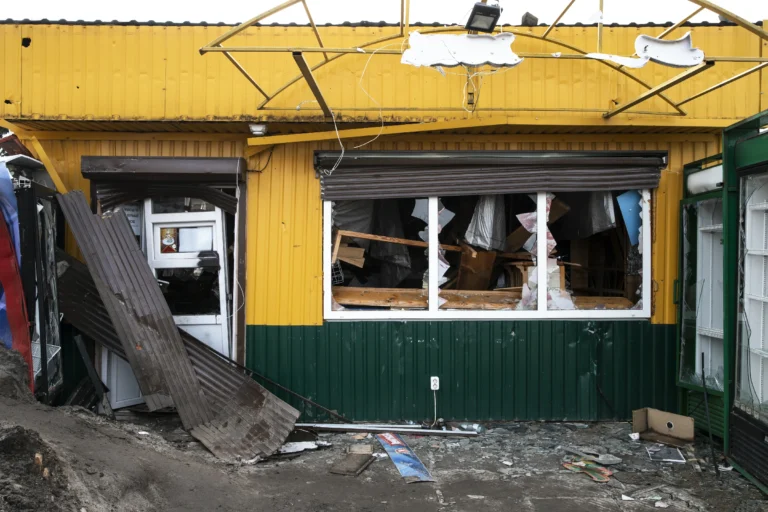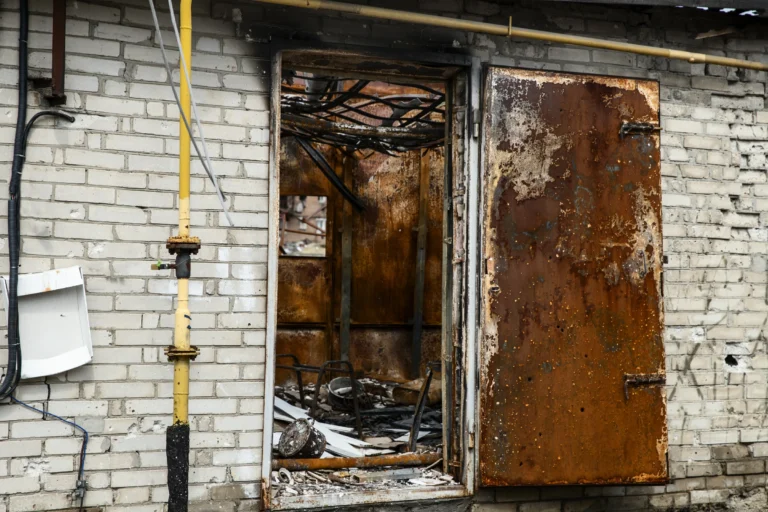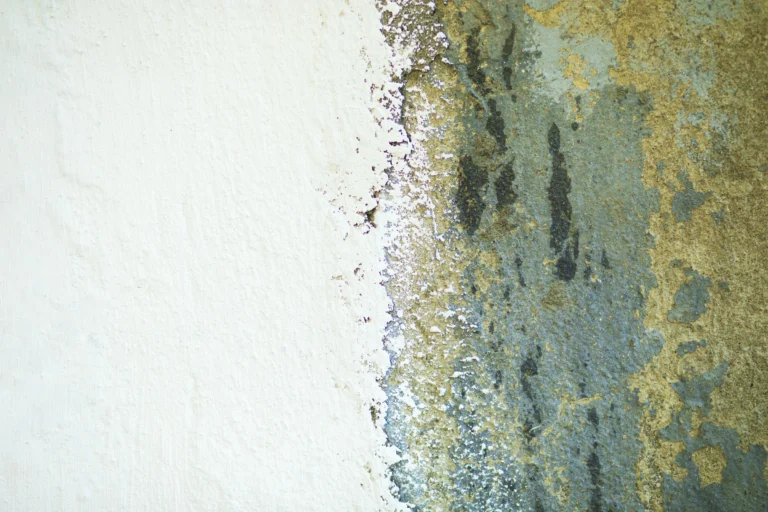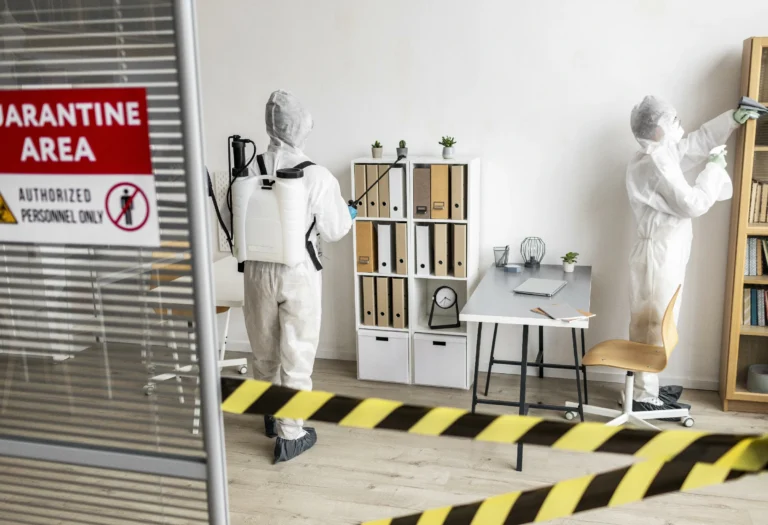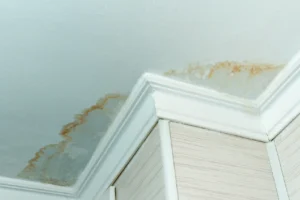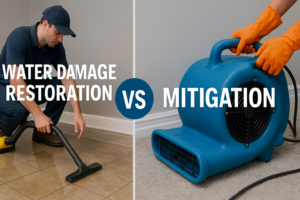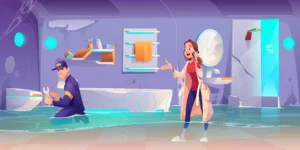Water damage can be one of the most sudden and devastating issues homeowners and businesses face. you must be aware of water damage restoration tips, The key to mitigating damage and saving your property is understanding the risks and responding promptly and effectively. Common causes of water damage include natural disasters, appliance failures, burst pipes, and leaks. Recognizing these risks and knowing the initial steps to take can make all the difference in preservation and recovery.
Understanding Water Damage:
Types of Water Damage
- Clean Water:
This water damage is from a sanitary source and poses no substantial risk from dermal, ingestion, or inhalation exposure. It’s important to address clean water issues quickly, as it can turn into more hazardous categories if left untreated. - Gray Water:
This category includes water that is significantly contaminated and can cause discomfort or illness if ingested or exposed to the body. Causes may include sump pump failures, dishwashers or washing machines discharge, and other similar sources. - Black Water:
The most hazardous of the three, black water contains sewage or other contaminated water sources affecting indoor environments. This type requires immediate professional attention due to the serious health risks associate
Common Sources:
- Flooding:
Often caused by heavy rains, storm surges, or overflowing rivers. - Leaks:
These can come from roofs, windows, or pipes, often going unnoticed until significant damage has occurred. - Burst Pipes:
Usually a result of freezing temperatures, corrosion, or ageing. - Natural Disasters:
Such as hurricanes, storms, or earthquakes that lead to sudden and severe water intrusion.Understanding the type of water damage and its sources is crucial for effective remediation and ensuring the safety and longevity of your property. It’s the first step in taking control of the situation and moving towards recovery and restoration, know more about water damage restoration tips
6 Water damage restoration tips:
Immediate Steps to Take:
In the wake of water damage, quick and informed tips can significantly influence the restoration process. Here are essential water damage restoration tips to manage the situation effectively:
- Safety First:
Before anything else, ensure safety for you and your household. Turn off the main power supply if you suspect any electrical damage or hazards, especially if water has risen to the level of electrical outlets or appliances. Wear protective clothing, such as gloves and rubber boots, to safeguard against contaminated water or sharp objects hidden under the water. - Stop the Source:
If it’s safe and feasible, try to identify and halt the source of the water. For example, turn off the main water line in case of a burst pipe or plumbing issue. In cases of natural flooding, this might not be possible, but for other instances like leaks or appliance failures, stopping the flow can prevent further damage. - Protect Belongings:
Move valuable items, furniture, electronics, and important documents to a dry area. Prioritize items that are most vulnerable to water damage or are irreplaceable. If heavy furniture can’t be moved, consider placing wood blocks or aluminium foil under the legs to prevent water absorption.
Implementing these initial steps promptly can help mitigate the effects of water damage and set the stage for a more effective restoration process. Remember, addressing water damage swiftly is crucial, and these tips are just the start of the water damage restoration journey.
DIY Tips for Minor Water Damage:
Even minor water damage can lead to larger issues if not addressed promptly and correctly. Here are some DIY water damage restoration tips for managing minor water damage effectively:
- Drying Out the Area:
The first step in water damage restoration is to remove all standing water using wet-dry vacuums or pumps. Once the water is removed, focus on drying out the area. Use fans, dehumidifiers, and open windows to circulate air and accelerate the drying process. Remember, the faster you dry the area, the less chance there is for mold to grow. - Cleaning and Disinfecting:
After the area is dried, clean all affected surfaces with soap and water to remove dirt and debris. Then, use a disinfectant to prevent mold and mildew growth. Be thorough in your cleaning, especially with porous materials that can harbor mould spores. - Ventilation:
Proper ventilation is critical in the drying process. Keep windows and doors open if weather permits and use fans to increase air circulation. This not only aids in drying but also helps dissipate any odours caused by the water damage.
When to Call the Professionals:
While some minor water damage can be handled with a DIY approach, it’s important to know when to call in the professionals for water damage restoration. Here are some indicators:
- The extent of Damage:
If the water damage is extensive, affects multiple rooms, or has penetrated structural elements like drywall and subfloors, it’s time to call professionals. They have the equipment and expertise to handle large-scale damage effectively. - Health Risks:
If you suspect the water is contaminated with sewage or chemicals, or if you notice mold growth, professional remediation is necessary. These situations can pose serious health risks and require specialized treatment. - Structural Concerns:
Water can compromise the structural integrity of your home. If you notice sagging ceilings, weakened floors, or other structural issues, professional intervention is crucial to ensure the safety and stability of your home.
Understanding when and how to address water damage can save you time, money, and prevent further damage to your property. While minor issues can often be managed with a DIY approach, don’t hesitate to call professionals when the situation is beyond your capability. Their expertise can be invaluable in restoring your home and ensuring the health and safety of its occupants.
Choosing the Right Water Damage Restoration Service:
When it comes to water damage restoration, selecting the right professionals is crucial. Here’s what to consider:
- Certifications and Experience:
Ensure the service provider is certified by a recognized authority in the industry, such as the Institute of Inspection, Cleaning and Restoration Certification (IICRC). Experienced professionals will understand the complexities of water damage and the best approaches for restoration. - Services Offered:
Look for a company that offers a comprehensive range of services, from initial assessment and water removal to drying, cleaning, and restoring affected areas. A provider that also offers mold remediation and prevention services will be advantageous. - Customer Reviews and Testimonials:
Research the company online and read reviews and testimonials from previous customers. This will give you an idea of their reputation, reliability, and the quality of their work.
Preventative Measures:
Taking proactive steps can minimize the risk and impact of water damage. Here are some preventative measures:
- Regular Maintenance:
Regularly inspect your property for signs of leaks, damage, or wear and tear. Keep gutters clean, maintain plumbing systems, and ensure proper drainage around your property. - Water Detection Devices:
Consider installing water detection devices near appliances, toilets, and sinks. These devices can alert you to the presence of unwanted water and help you address leaks before they lead to major damage.
Conclusion:
Water damage can be a significant problem, but understanding how to respond effectively can mitigate the damage and restore your property to its original state. Remember, quick action is crucial, whether it’s implementing DIY measures for minor damage or calling in professionals for more extensive issues. Regular maintenance and vigilance can prevent many instances of water damage. When in doubt, consulting with a professional water damage restoration service can provide the expertise and peace of mind you need to navigate these challenging situations. Act swiftly, prioritize safety, and always consider the long-term health and integrity of your property.
Hazardous & Toxic Material Cleanup Service “Safeguarding Environments from Hazardous Substances” Hazardous & Toxic Material Cleanup Service Handling hazardous and toxic materials …
Alpha Construction & Restoration La crescenta Emergency services are available 24/7 CONTACT US NOW! Contact us now! Our services We provide the …
Alpha Construction & Restoration Monrovia Emergency services are available 24/7 CONTACT US NOW! Contact us now! Our services We provide the best …
Alpha Construction & Restoration Arcadia Emergency services are available 24/7 CONTACT US NOW! Contact us now! Our services We provide the best …
Alpha Construction & Restoration Altadena Fire and Smoke Damage repair in Altadena CONTACT US NOW! Fire and Smoke Damage repair in Altadena …
Alpha Construction & Restoration Long Beach, CA Emergency services are available 24/7 CONTACT US NOW! Contact us now! Our services We provide …
Alpha Construction & Restoration Alhambra Emergency services are available 24/7 CONTACT US NOW! Contact us now! Our services We provide the best …
Alpha Construction & Restoration Pasadena Fire and Smoke Damage repair in Pasadena CONTACT US NOW! Fire and Smoke Damage repair in Pasadena …
Storm/Disaster Recovery “Rapid Response for Weather-Related Emergencies” Storm/Disaster Recovery When storms or disasters strike, the aftermath can be overwhelming. Alpha Construction & …
Alpha Construction & Restoration San Dimas, CA Emergency services are available 24/7 CONTACT US NOW! Contact us now! Our services We provide …
Alpha Construction & Restoration Burbank Emergency services are available 24/7 CONTACT US NOW! Contact us now! Our services We provide the best …
Fire & Smoke Damage “Expert Care for Your Fire-Damaged Property” Smoke & Fire Damage Experiencing fire damage can be a traumatic …
Mold Remediation Service “Effective Solutions for Mold Challenges” Mold Remediation Mold infestations can be more than just an unsightly issue; they …
Alpha Construction & Restoration Santa Monica Emergency services are available 24/7 CONTACT US NOW! Contact us now! Our services We provide the …
Alpha Construction & Restoration Simi Valley, CA Emergency services are available 24/7 CONTACT US NOW! Contact us now! Our services We provide …
Alpha Construction & Restoration San Gabriel, CA Emergency services are available 24/7 CONTACT US NOW! Contact us now! Our services We provide …
Odor Removal Service “Eliminating Unpleasant Odors, Restoring Freshness” Odor Removal Service Unpleasant odors in your home or business can be more than …
Alpha Construction & Restoration El monte Emergency services are available 24/7 CONTACT US NOW! Contact us now! Our services We provide the …
Alpha Construction & Restoration Pasadena Emergency services are available 24/7 CONTACT US NOW! Contact us now! Our services We provide the best …
Alpha Construction & Restoration Santa Clarita Emergency services are available 24/7 CONTACT US NOW! Contact us now! Our services We provide the …
Alpha Construction & Restoration Beverly Hills Emergency services are available 24/7 CONTACT US NOW! Contact us now! Our services We provide the …
Biohazard/Crime Scene Cleaning “Professional and Compassionate Cleanup Solutions” Biohazard/Crime Scene Cleaning Service Handling biohazard and crime scene situations requires not only technical …
Water Damage Restoration “Rapid, Reliable Solutions for Water Damage Emergencies” Water Damage restoration Water damage can strike when you least expect …


